
While the characterizations in comics from the early 1960's have a tad more complexity to them, the sexism and racism are still pretty dang blatant.
In Green Lantern #7, the reduction of a powerful woman to just a "romantic interest" actually happens in the editor's own voice -- "nominally." NOMINALLY?!? She is "in sole charge" of the company, but she's Jordan's boss "in name only"?!
Her "real" purpose is "actually"-- no, no, is "mainly" -- to be his "romantic interest." UGH.
And, unfortunately, this sexism is present from Hal Jordan's very first appearance in Showcase #22, which features the Silver Age Green Lantern in all three of its stories.
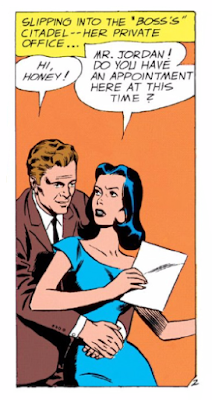 As a result of this promotion, Carol makes it clear to Hal that their relationship has to be strictly business from there on out. Unfortunately (again), that clear boundary marker does not stop Hal from making an aggressive come-on in the final story of this issue.
As a result of this promotion, Carol makes it clear to Hal that their relationship has to be strictly business from there on out. Unfortunately (again), that clear boundary marker does not stop Hal from making an aggressive come-on in the final story of this issue.Approaching her from behind in her office, Hal calls her "honey" and wraps his arms around her. In the next panel, he is depicted as pinning her between his arms up against the filing cabinets saying, "You want to keep your employees happy, don't you?" The implications are clear.
Sexual harassment suit, anyone?
In addition to this ucky sexism, I learned that Hal Jordan has his own side-kick, an Eskimo mechanic, named Thomas Kalmaku. The unfortunate part here is that Tom's nickname (used abundantly throughout these early issues) is "Pieface."
You can read about the controversy over this racial epithet here.
 Surprising Details:
Surprising Details:I also learned that Hal Jordan's power ring really functioned more like Aladdin's Lamp back in the day. My impression of the ring's power, as depicted in modern tales, is a green ray that the wearer can transform into whatever the holder can imagine.
But, apparently, Hal could make his clothes travel invisibly to his destination or turn Tom into a bird (through his subconscious will expressed in a dream) with his power ring back in the 1960's.
Final Notions:
The introduction of Sinestro, Green Lantern's arch-nemesis, in Green Lantern #7 includes the first truly interesting diatribe on the nature of good and evil that I have encountered in these early comics.
While resolved relatively quickly with the power of good being reaffirmed at the end of the tale, Sinestro positing that "good" has limitations evil does not have is provocative and demonstrates the medium's capacity to ask the really interesting questions about what it means to be human.
Series: Showcase
(1956)
Issue #: 022
Copyright: DC Comics
Cover Date: October 1959
Cover Price: 10¢
Page Count: 28 pages
Print Release: 19-August-1959
Digital Release: 28-May-2011
|
Writers:
|
|
|
|
Penciler:
|
||
|
Inker:
|
||
|
Colorist:
|
None Listed
|
|
|
Cover Art:
|
||
|
Source Links:
|
||
|
Story Titles:
|
“S.O.S. Green
Lantern!”; "Secret of the Flaming Spear”; “Menace of the Runaway Missal”
|
|
Series: Green
Lantern (1960)
Issue #: 001
Copyright: DC Comics
Cover Date: August 1960
Cover Price: 10¢
Page Count: 26 pages
Print Release: 22-June-1960
Digital Release: 15-June-2011
Writers:
|
|
|
Penciler:
|
||
Inker:
|
||
Colorist:
|
None Listed
|
|
Cover Art:
|
||
Source Links:
|
||
Story Titles:
|
“The Planet of
Doomed Men”; “Menace of the Giant Puppet!”
|
|
Series: Green
Lantern (1960)
Issue #: 007
Copyright: DC Comics
Cover Date: August 1961
Cover Price: 10¢
Page Count: 28 pages
Print Release: 28-June-1961
Digital Release: 28-May-2011
Writers:
|
|
|
Penciler:
|
||
Inker:
|
||
Colorist:
|
||
Cover Art:
|
||
Source Links:
|
||
Story Titles:
|
“The Day
100,000 People Vanished!”; “Wings of Destiny!”
|
|
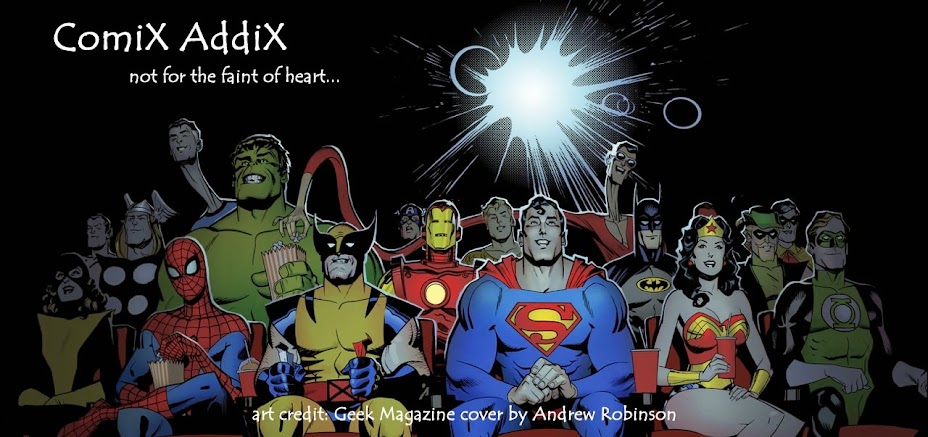
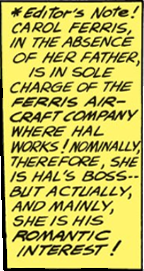
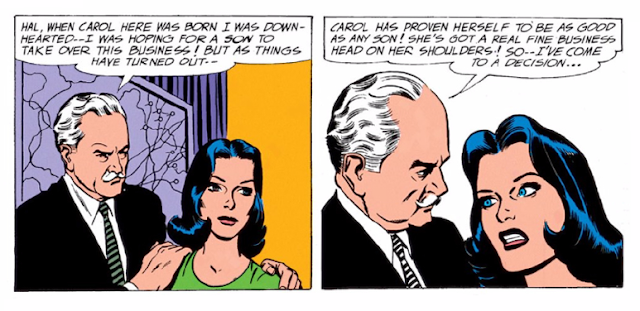
![Showcase (1956) #22 Page 18 Panel 1: Failing to take the "hint," Hal pins Carol against the filing cabinets and suggest she "keep [her] employees happy." Hyuk, hyuk. Showcase (1956) #22 Page 18 Panel 1: Failing to take the "hint," Hal pins Carol against the filing cabinets and suggest she "keep [her] employees happy." Hyuk, hyuk.](https://4.bp.blogspot.com/-9dqMzAy5dJM/V1XJZYAmEMI/AAAAAAAAFX4/T5HNExTCzIo_U0otOOnr1T9dUz3EWZFXACKgB/s640/gl%2B18x1%2Bsexharrasssm%2Bshow22.png)
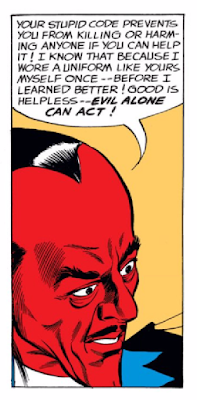
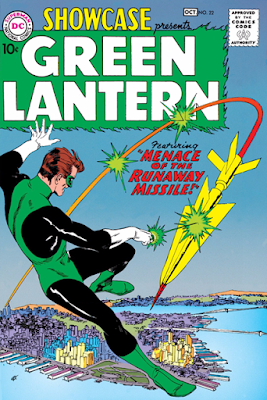



No comments:
Post a Comment